Description
Cassia glauca, Cassia surattensis Tree
| Family Name: | Fabaceae (Leguminosae) |
|---|---|
| Synonyms: | Cassia glauca, Cassia surattensis |
| Common Name: | Scrambled Egg Bush, Kolomona, Scrambled Egg Tree, Glossy Shower, Golden Senna, Glaucous Cassia, Sunshine Tree, Bushy Cassia, Gelenggang, Kalamona |
Senna surattensis, also known as the East Indian senna, is a tree species in the legume family Fabaceae. Cassia glauca tree is native to India, Pakistan, and Sri Lanka and is commonly found in tropical and subtropical regions. It is known for its medicinal properties and is used in traditional Ayurvedic medicine.
Features Cassia glauca
- Senna surattensis is a large, evergreen tree that can grow up to 7-9 meters tall. It has a spreading crown and a thick, cylindrical trunk.
- Attractive alternately arranged leaves, consisting of pairs of feathery, deep green ovate leaflets.
- The tree produces long racemes of massed clusters of bright golden/yellow flowers, which appear on almost every branch. As a species, it is capable of flowering from January through December.
- The long, flat seed pods are dark brown or black and contain several seeds.
Ornamental Uses
Cassia glauca mostly used in General, Roadside Tree, Palm, Parks & Gardens, Small Gardens, Golden Garden, Butterfly Garden, Naturalistic Garden
Additionally, it is also used in agroforestry because it can provide shade and improve soil fertility.
Medicinal Uses
The tree is known for its medicinal properties and is used in traditional Ayurvedic medicine to treat a variety of ailments, including constipation and other digestive problems. The leaves and pods contain compounds called anthraquinones, which have a laxative effect. The leaves are also used as a vegetable in some parts of India. The tree’s bark, leaves, and roots are also used in traditional medicine to treat fever, leprosy, and skin diseases.
It is important to note that Senna surattensis should only be used under the supervision of a qualified healthcare practitioner as it can cause some side effects like stomach cramps, diarrhea, and dehydration. Overuse or misuse of Senna can lead to chronic constipation and other health problems.
Economical Uses
The tree’s wood is strong and used in building and furniture production. The tree’s ability to increase soil fertility and provide shade make it suitable for agroforestry.
Cassia glauca plant care
Senna surattensis is a hardy tree that can thrive in a variety of conditions. However, it prefers full light, rich soil, and adequate drainage. It may need to be pruned on a regular basis to keep its size and shape under control.
| Sunlight | Full sunshine (6 or more hours of direct sunlight a day) |
| Watering | After planting, give the tree plenty of water and keep the soil moist but not soggy. |
| Soil | When planting the tree, dig a hole at least twice the size of the root ball and backfill it with a mixture of soil, compost, and well-rotted manure. |
| Temperature | 20 to 35 degrees Celcius |
| Fertilizer | To stimulate lush foliage and bright leaves, treat the tree with a balanced fertiliser during the growing season. |
Short Info:
- Leaf Color: Green, Smooth, Arrangement: Alternate, Shape: Rounded
- Plant Type: Shrub, Tree
- Wildlife Value: Birds are attracted to the fruit.
- Stem Color: Gold/YellowGray/Silver
- Fruit Color: Black, Berry
- Flower Color: Yellow


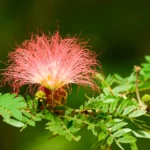
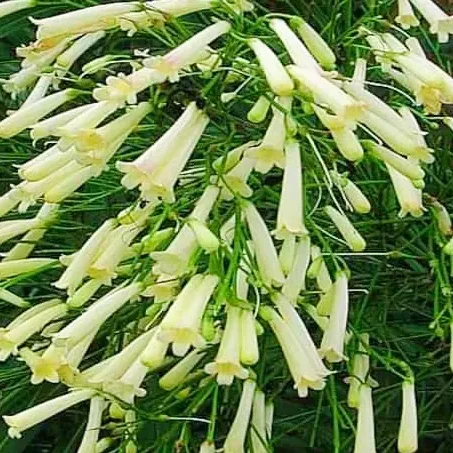

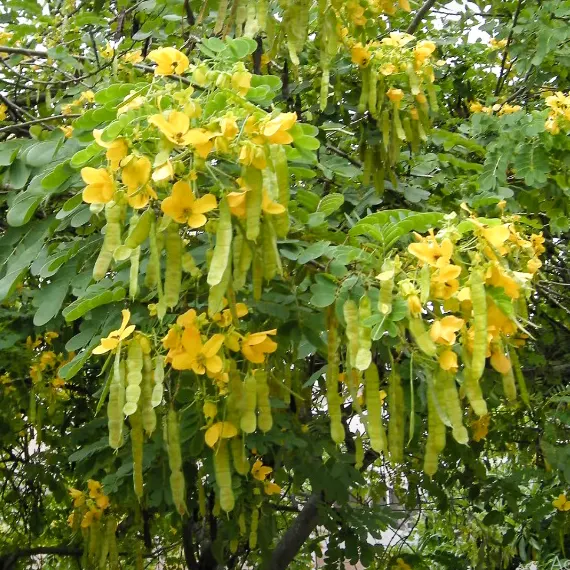
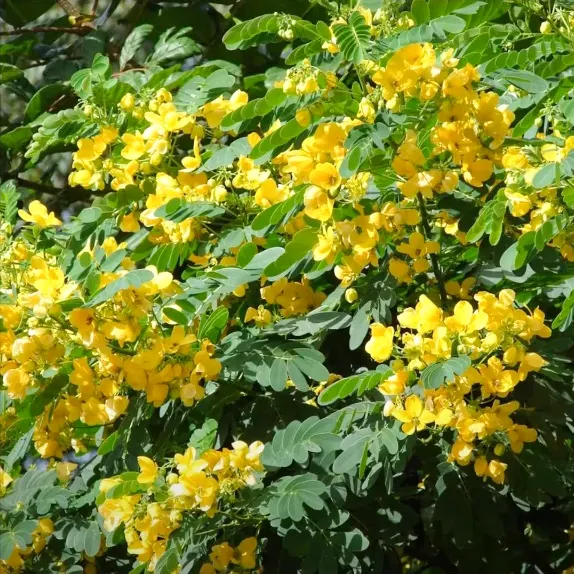
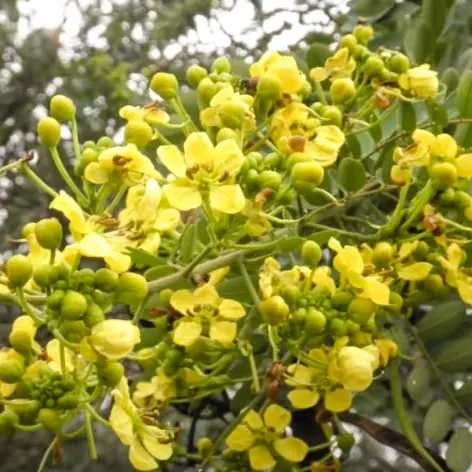
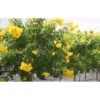
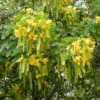

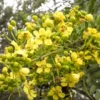
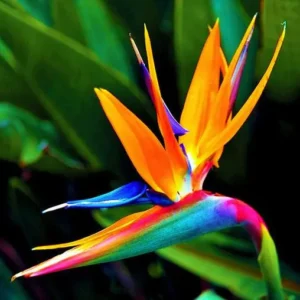
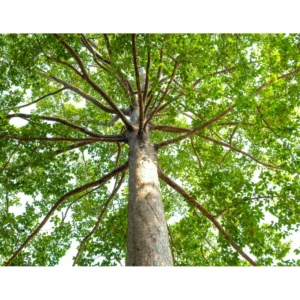
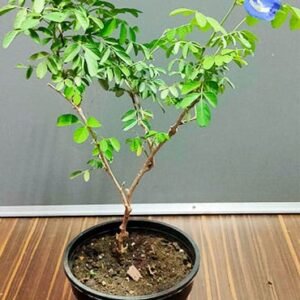

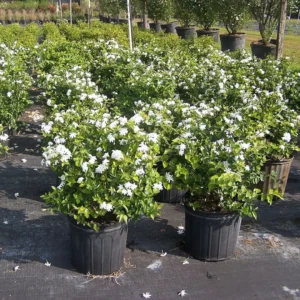
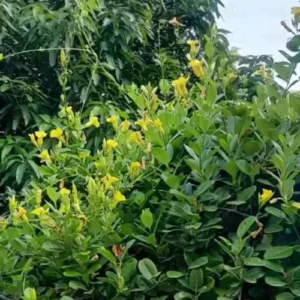
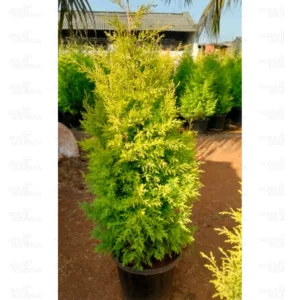

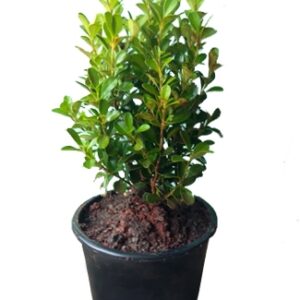
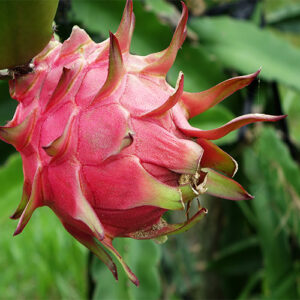
Reviews
There are no reviews yet.